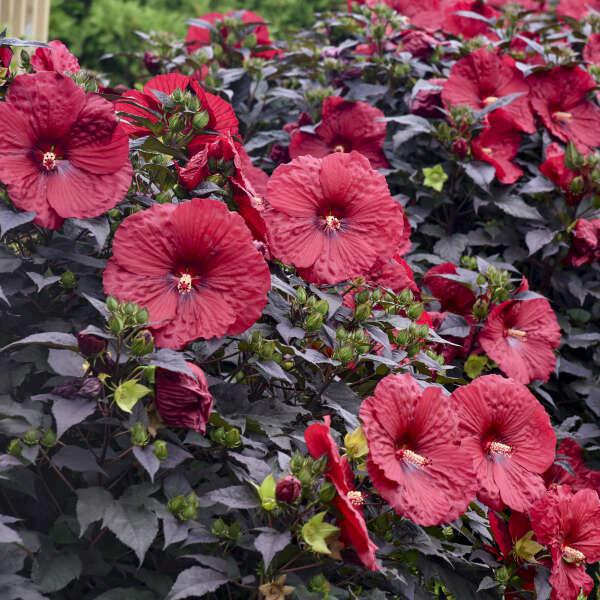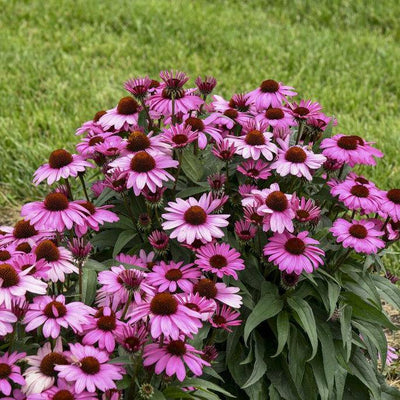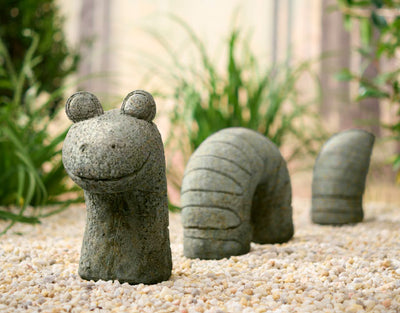Hey friends, welcome to a very windy, cool, and crisp day here at Gardening with Creekside. It's a fun day because, despite the chilly weather and whipping wind, I’m in my big coat and scarf, ready to plant our spring flowering bulbs. It's exciting to envision what spring will look like with these more than 5,000 bulbs. Yes, you heard me right! Jenny went big this year, and we have over 5,000 bulbs that we need to get into the ground within the next day or two.
Today, I’m going to show you the bulbs I got, how they came to me, what they look like, and then we're going to go around to the different locations. I’ll explain what bulbs are going in there, why I chose what I did, and whether they are annuals or perennials – all those wonderful things we want to know about spring flowering bulbs. We plant for four seasons of interest here at Gardening with Creekside. Even though it's December, I am planting and thinking about the springtime and what beautiful colors I can have in the garden that I would not otherwise have.
Being in North Carolina, which is Zone 8A, it's very important for those in warmer zones to note that certain spring bulbs need to be pre-chilled for a minimum of about 6 weeks to get gorgeous flowers in the spring. As a general rule, if you are in warmer zones, you need to pre-chill your tulips, aliums, and other bulbs that require a pre-chill period to store enough energy to produce beautiful flowers in the spring.
If you buy your bulbs from a mail order, like Color Blends, which is where I've gotten them from, you can pre-chill them yourself. This involves placing them in an extra refrigerator, away from fruits that emit a natural gas not good for the bulbs. After a minimum of six weeks in the refrigerator (not the freezer), you can plant them in the ground, even if it's as late as December.
Alternatively, Color Blends can pre-chill them for you for a reasonable fee. When I ordered my tulips in August, I chose this pre-chill feature, and they arrived yesterday, pre-chilled and ready to be planted. Remember, if you're in warmer zones and want beautiful tulips and aliums, pre-chilling is essential. My daffodils, which are jonquils, don't require this.
Tulips, for us, are treated as annuals. They don't reliably come back every year with beautiful flowers. I don't dig them up to save them because it's not worth the effort. In contrast, my daffodils get bigger and better every year.
Now, let’s get to the fun stuff. Here's how my bulbs from Color Blends arrived: in sturdy black crates with white ties and cardboard on top, allowing the bulbs to breathe. Each bulb type comes in a bag, with a tag attached detailing the plant's name, count, size, color, bloom time, and planting instructions.
For supplies, I have biotone (or bulb tone), and two different augers from Power Planter. In areas where I can’t use my auger, like my raised deck boxes, I'll use my Hori Hori, which has a ruler for depth measurement.
We're going to walk around to various parts of the gardens at the house and nursery, where I'll show you which bulbs we are planting in those locations. Starting at the house, on the back patio, we have 'Smooch', a blend of pinks and reds. These will go behind the violas, Ascot Rainbow euphorbia, and cardoon in the deck boxes. In the garden, they’ll be interspersed among boxwoods, gardenias, and David Austin Roses.
A healthy bulb should be firm, smooth, and not shriveled. Some may have spots or missing paper skin, but as long as they are firm, they are good to go.
Next, let's look at where else I'm planting. In front of the gardenias and ninebark, we will fill in as many 'Smooch' bulbs as we can. I might also put some in front of the David Austin Roses. We can fit 400 'Smooch' bulbs in these areas.
Up at the chicken coop, we're planting 'Gigantic Star' daffodils, which are perfect for the South and don't require pre-chilling. They're deer-resistant, naturalize well, and come back bigger each year. We'll plant them amongst hydrangeas and Nelly Stevens hollies. Remember to leave the foliage after they bloom until it naturally dies back.
At the entrance to the nursery, we're planting 'Best Yellow' tulips, a solid pure yellow variety, behind the flower bed at the mailbox. We also have red anemones for the front of the flower bed, which will create a beautiful display of yellow and red.
In the signature garden at the nursery, we have 'Super Collider' and 'Miss Confection' blends. 'Super Collider' is a mix of reds, yellows, and purples, and 'Miss Confection' is a creamy white and pink with a yellow hint. We’ll plant these in the raised beds and around the fountain, filling in any gaps with 'Miss Confection'.
I still have 400 bulbs of 'Smooch' and 'Gigantic Star' to plant, but we're making great progress. It's been a long day, but it's going to result in a stunning spring here at Creekside Nursery. Next year, I'll be more methodical and planned in how I buy tulips. But for now, we're sharing the Creekside love and bulbs with everyone.
So, that's it, friends. We're tired but excited for the beautiful spring display ahead. Bye!
















